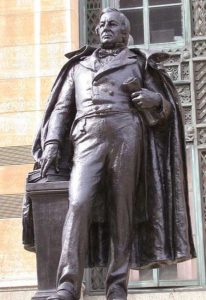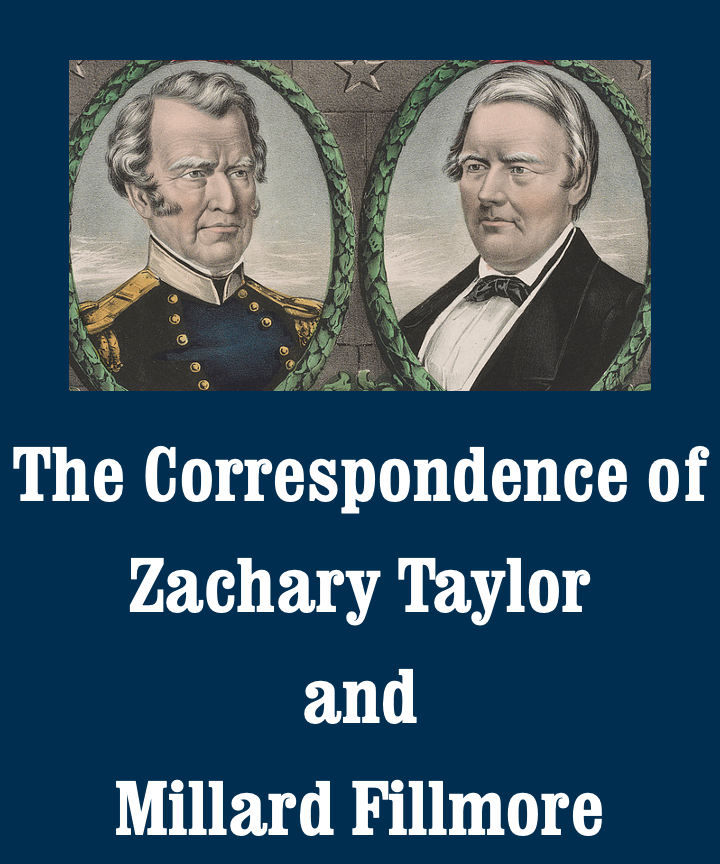The week of my previous blog entry, George Floyd died. Since then Minneapolis police officers have been charged with committing, or aiding and abetting, murder. Both peaceful protests and violent confrontations between activists and police have spread across the country and beyond. So have critiques of what many describe as systemic racism in law enforcement and discussions of how to combat racial inequality more generally. American University, including faculty here in the School of Public Affairs, have joined actively in these conversations.
History matters. Monuments to Confederate leaders, controversial long before 2020, became centers of debate and action. Should we continue to celebrate men who fought a war against the United States to perpetuate the enslavement of African Americans? Some protesters, deciding we should not, have torn statues down. Others have criticized or dismantled statues of historical figures, from Christopher Columbus to Andrew Jackson, whose legacies included the murder, enslavement, or dispossession of nonwhite people. Opponents assert that the statues, built mostly in the twentieth century, are essential for us to remember the history of the nineteenth.
But history’s role goes beyond monuments. Centuries of decisions by Americans with varying levels of power have created today’s racial disparities. As we all strive to learn the history of race, Zachary Taylor and Millard Fillmore are neither irrelevant nor innocent. They lived and governed during the decades before (and, in Fillmore’s case, after) the Civil War. Whites then vociferously debated, and nonwhites cautiously protested, the nation’s treatment of Native and African Americans. Taylor made his name in the military fighting wars against the Shawnee, the Seminole, the Sauk, and other Native peoples. The scholar Barbara Alice Mann titled her recent book about him and other officer-politicians President by Massacre: Indian-Killing for Political Gain. From the White House, he oversaw the continued removal of Natives from their ancestral lands east of the Mississippi River. Some of those impacted wrote to him complaining of the injustice, as Doctor Big Deer and other Munsees did in a June 5, 1849, letter now held by the National Archives.
Meanwhile, born into a southern planter family, Taylor enslaved scores of black men, women, and children on plantations in Louisiana and Mississippi. He brought some of them to Washington to live and work in the White House. Sarah Fling, a graduate student in public history here at AU, has written about these people for the White House Historical Association. At our project, Zoe Golden recently transcribed a letter Taylor wrote, while commanding troops in Texas, to his overseer at Cypress Grove plantation in Mississippi. For reasons as easily attributed to economic self-interest as to humane consideration, he told Thomas W. Ringgold how much he valued the health of his slaves: “that the servants were generally well, & those who had been complaining were for the most part on the mend, . . . afforded me much pleasure to know; health being the first consideration on a plantation.”
As I mentioned last time, Taylor was father-in-law to Jefferson Davis. He did not live to see Davis lead the Confederate States of America. But Gabriella Siegfried and Gretchen Ohlmacher have transcribed letters he wrote to Davis in the 1840s about slavery, the danger to the Union, and what he considered unfair criticisms by northern abolitionists of southern slaveholders such as himself. The biggest debate then was over whether to expand slavery into the new western lands that Taylor had helped win in the Mexican-American War. As a candidate and as the president, he avoided public statements that put him firmly on one side or the other.

Taylor to Jefferson Davis, July 27, 1847 (Zachary Taylor Papers, Library of Congress)
Fillmore never fought Indians; he never served in the military. He never owned black people; he lived in New York after it had begun the process of emancipation. As a politician, however, he enabled or promoted these policies. Indian removal continued during, and after, his administration. Although critics claimed, when he ran for vice president, that he was an abolitionist, he truthfully denied the charge; both he and his opponents considered hostility to slavery a bad thing. Like an increasing number of white Northerners, he did express disquiet about the ownership and forced labor of fellow humans in a democratic republic. In the letter to Mrs. S. M. Greeley that I mentioned last time, he called slavery an “ever-disturbing subject.” He considered “whether by wise and prudent counsels, the bonds of the slave may not be gradually relaxed” before black Americans were expelled to Africa. Gretchen transcribed another letter, to H. Marshall, in which he chronicled the history of emancipation in New York while avoiding any expression of an opinion on slavery. But Fillmore’s policy as president, when he tried stringently to enforce the new Fugitive Slave Act—recapturing escaped slaves and penalizing those who aided them—put him firmly on one side of the issue.

Fillmore to H. Marshall, September 17, 1845 (Millard Fillmore Papers, Library of Congress)
These decisions, albeit less prominently than Jackson’s or Davis’s, resonate amid today’s reckonings. Buffalo, Fillmore’s home for most of his life, has named buildings for him and erected a statue outside city hall. Now authorities are considering whether to preserve those honors to the man who signed the Fugitive Slave Act. Port Townsend, Washington, has little connection to Taylor but has named streets after him and other presidents. A local politician now has proposed replacing the name of the slaveowner and Indian fighter with that of Martin Luther King Jr.

Fillmore statue, Buffalo, N.Y. (© Matthew Trump; https://commons.wikimedia.org/wiki/File:DSCN4470_buffalofillmorestatue_e.jpg)
We must remember our nation’s past, including the parts that appall us. Our goal at the Taylor-Fillmore project is to aid historical understanding by expanding access to documents by the presidents and by the supporters and detractors who wrote to them. As we reexamine monuments and mourn tragedies such as Floyd’s, the American people must decide—informed by history—how best to improve their society today.
Before I go, I want to thank Gretchen and Zoe for their work as interns this summer. Today they finish two months spent transcribing dozens of manuscript letters. Gretchen also translated several letters that Taylor and Fillmore received in French. Zoe, as part of our ongoing canvass, hunted out new letters previously unknown to the project. Both brought enthusiasm, diligence, and increasing skill at deciphering challenging nineteenth-century handwriting. The Taylor-Fillmore project has richly benefitted.
